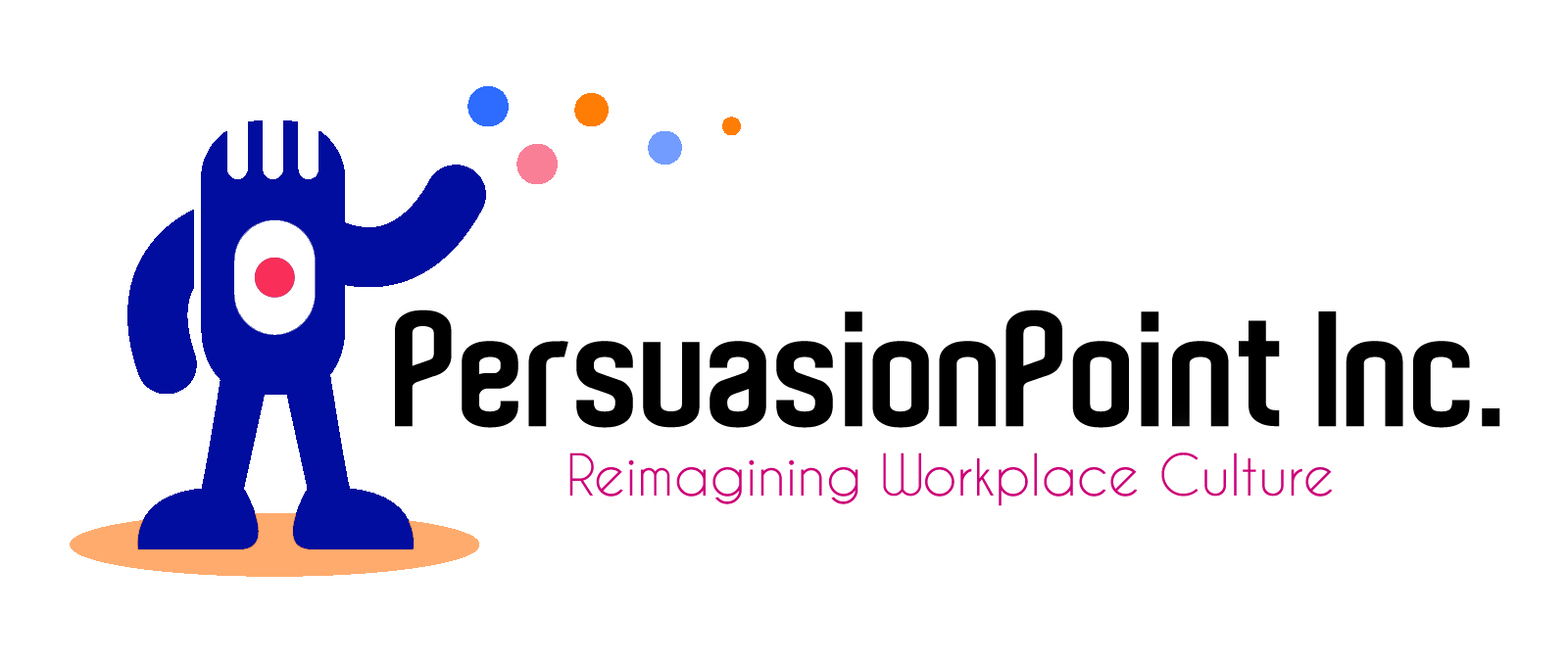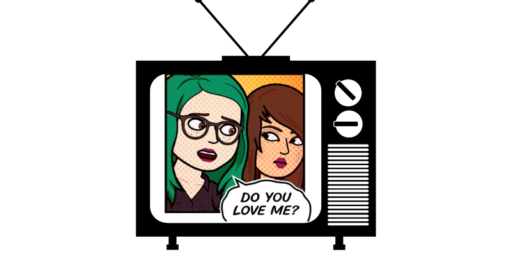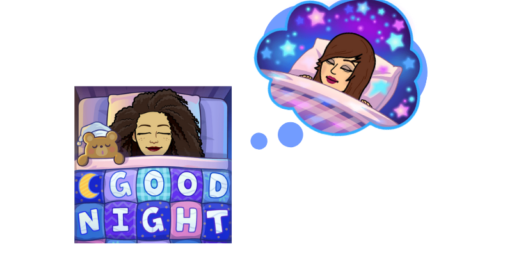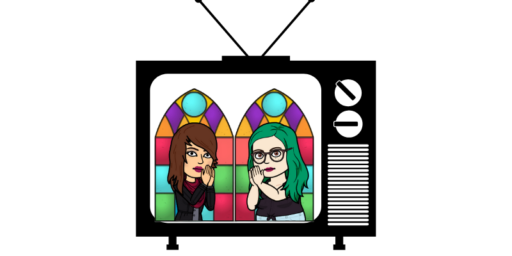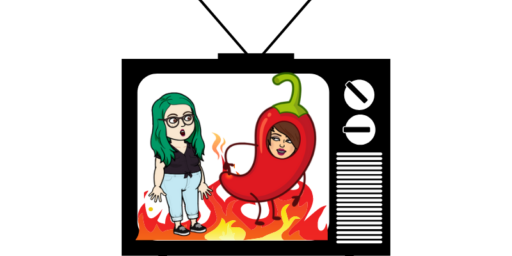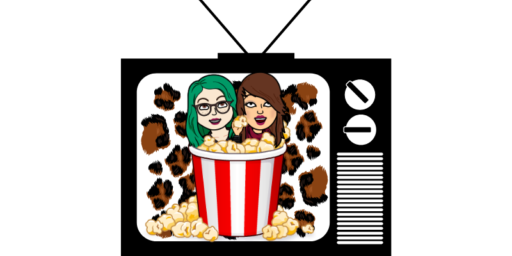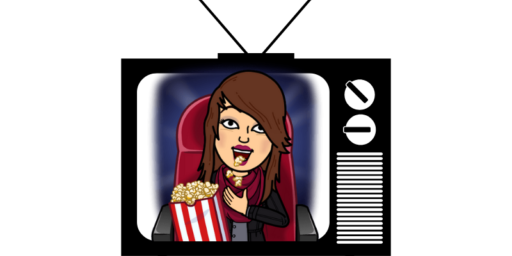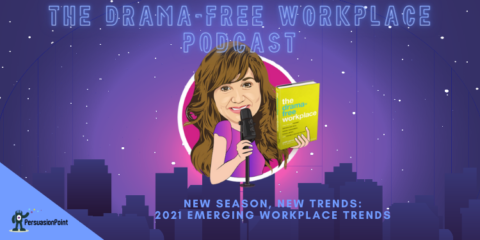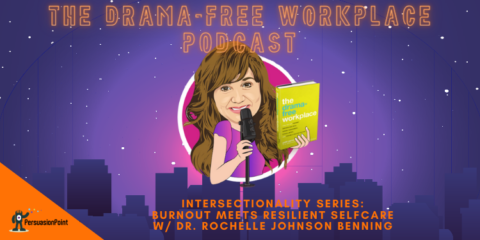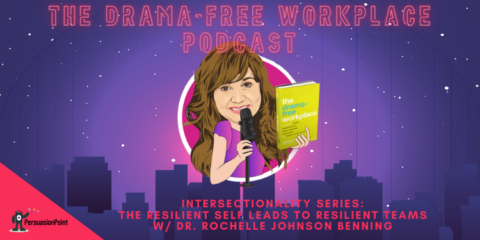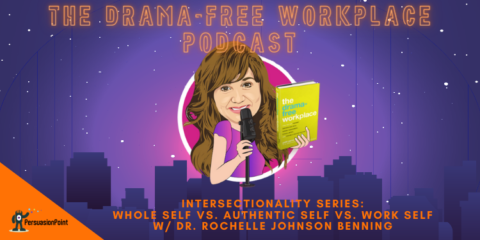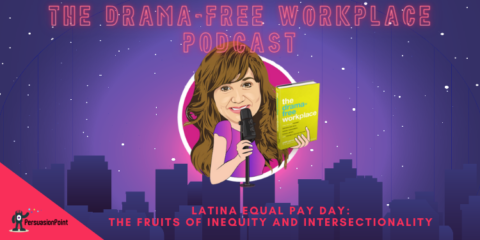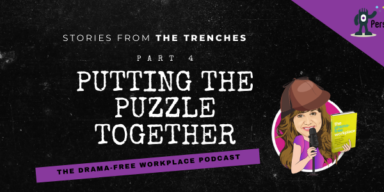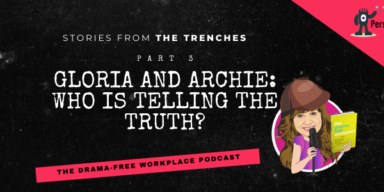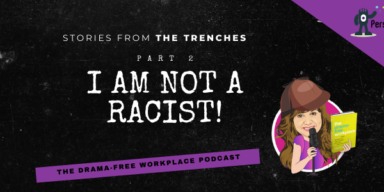Diversity in a Brave New World
Borrowing from Jessica Rabbit (“I’m not bad, I’m just drawn that way…”); the problem often isn’t diversity, equity and inclusion (DEI) plans themselves, but the way they’re put together. Give these three simple steps a try to help improve the DEI strategy at your organization and embrace the entire workplace tapestry in a more effective manner.
Today’s DEI Reality
We live in interesting times.
On the one hand, it’s been quite some time since we’ve heard so much about issues related to diversity – differences in our politics, our races, our upbringings, and the way we make decisions.
On the other hand, we’ve been at this work for some time: diversity and inclusion programs have been around for decades now, with few real changes being made. Workplace statistics indicate that we’ve made little movement in terms of recruiting and retaining diverse talent – a finding that rings true across industries. For example, several special reports published by the U.S. Equal Opportunity Commission highlight specific sectors that have had difficulty recruiting and retaining diverse talent, including law firms, the media, finance, and high-end retail.
And we’re not doing much better on the inclusion front either. Employees report feeling increasingly disconnected and workplace strife remains high. In fact, poor plan implementation might make things worse if it increases the “us versus them” mentality. This could and sometimes does undermine inclusion efforts.
So, if the way we’ve been doing things has resulted in little movement, maybe it’s time to try something new.
Your Company’s DEI Future
Revamping a company’s culture takes time, effort, and patience. To support you in this meaningful work, here are three ways you can make an immediate impact by helping your employees feel connected – both to each other and to your company mission.
1. Brand for Change
Words matter. While the terms “diversity” and “inclusion” should conjure up positive images, they have become politically charged, often eliciting extreme reactions.
I’m not suggesting we ditch these words altogether, but I do suggest taking a hard look at your workplace to gauge whether or not such terminology will doom your efforts from the start. I often recommend that my clients work closely with their marketing, PR, or communications department to come up with unique brands for their diversity efforts, including any D&I training they conduct.
While there’s no magic word or phrase, I’ve had success with slogans such as “We Are One,” “Stronger Together,” and “One Team.” This and similar messaging that precisely defines the ultimate goal of our efforts – bringing together the entire mosaic of our talent – leads to a win-win for employees and companies alike.
2. Use the Right Tools
We tend to give our employees instructions with little or no tools or resources to help them follow those guidelines. In the realm of diversity and workplace strife, I’ve heard two (equally unhelpful) directives:
- Refrain from talking about issues that touch upon diversity at work: This “suggestion” is impractical, impossible to enforce, and likely illegal.
- Instruct employees who violate the first rule and talk about diversity issues to refrain from “engaging in harassment”: Obvious and useless instructions – after all, you’re clearly not going to encourage your employees to harass one another!
Companies instead need to offer practical and realistic tools.
One way you can do this is by giving real-life examples of when and how diversity has worked. I like to share a story I heard on NPR. It involved a tech company who hired a retired inventor. During a meeting, this new, 90-year-old employee pointed out that a product intended for use by senior citizens wouldn’t work because of the tiny batteries required – senior citizens would be unable to change them. The company’s CEO humbly admitted that he hadn’t even considered this difficulty, lauding the employee’s observation and noting that the product likely would have failed without her input.
Using this type of story – one that isn’t politically charged or controversial – will set the tone for talking about other ways that diversity can strengthen your brand, your employee connections, and, ultimately, your company’s success.
3. Make Meaningful Connections
There is no greater mistake when it comes to the implementation of D&I programs than the failure to build connections between employees; without this element, it is inevitable that these efforts will instead create division. To promote genuine bonding, I advocate training involving activities that help employees get to know each other in a unique and creative way.
Exercise: Have participants bring 3-7 images that represent who they are – their authentic personae. While many photographs may represent things that people in the office know about their colleagues, remind employees that at least one image should be unexpected.
For example, when I do this exercise, I start my presentation with two images that are expected: a picture of my family and a photo I took of Pope Francis at the Vatican. Most people who know me are aware that family is at the center of my life and that I’m a committed Catholic who regards Pope Francis as a living hero. So, neither of these images comes as a surprise!
My next image, however, is the cover of a book called Hillbilly Elegy by J. D. Vance. This image represents another core part of who I am: a voracious reader. Yet, it also tells people that I’m curious and want to “reach across” arbitrary barriers to learn about cultures that are unfamiliar to me. Having been born in El Salvador and raised in the American Southwest – with stints in D.C. and Mexico City – I literally know no one from Appalachia and am unfamiliar with many of the cultural nuances of that region. By using this image, then, I express my desire to have a broader two-sided conversation, while also demonstrating that I’d value other people’s commitment to get to know my perspective as well.
My last two images are about music. These photographs make it clear that I LOVE music and that my taste is eclectic, to say the least. Image #4 is of my all-time favorite band – and here is where the surprise comes. Remember, I spoke only Spanish at home and my formative years were in the 1980s.
So, obviously, my favorite band is…The Eagles (RIP Glen Frey)! It’s a surprise to many, but I simply cannot get enough of them. I’ve seen them in concert all over the country and would bring their greatest hits along to a deserted island. I dream of having the chops to perform “One of These Nights” in front of a crowd. You get it, I love The Eagles (though I would be happy to go on).
My final image is of my other musical obsession, Hamilton. I’m about all things Lin-Manuel Miranda, but especially Hamilton. I love the music, I can’t get enough of the story, and I can talk about the psychological components endlessly (“are you more of a Burr or a Hamilton?”). My fixation on Hamilton and how the musical fits so perfectly into my view of diversity can be summed up with one of my favorite quotes from its creator: “Hamilton is about America then, told by America now.”
Don’t let your company values and personality get lost when you revamp your DEI program. Stay true to who you are as a company and tell your story in a way that resonates with the individuals who make up its lifeblood – your employees. They may just offer you their own unique narrative in a truly honest way. ![]()
By implementing these three simple steps, you’ll start your organization down a path to redefine how you, your employees, and company leaders view diversity. If done right, diversity and inclusion efforts will transform from politically loaded, empty terms to a committed team of brand ambassadors with surprising stories to share.
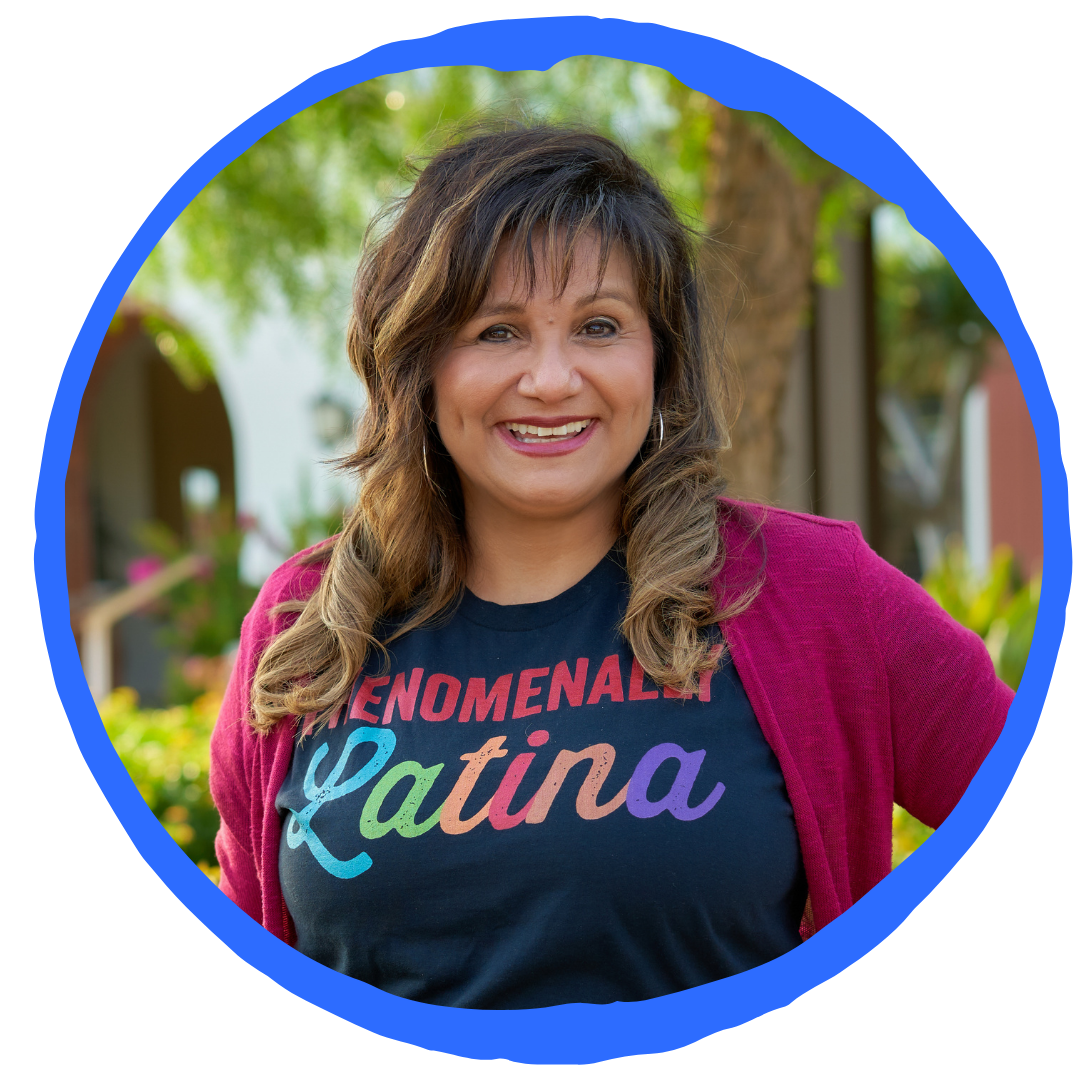
About PersuasionPoint
Patti Perez is founder and CEO of PersuasionPoint, a modern-day consulting firm dedicated to teaching leaders and teams how to create and sustain healthy, equitable and inclusive workplace cultures. Patti is the best-selling, award-winning author of The Drama-Free Workplace (Wiley 2019), and draws from the book’s themes to provide practical, authentic, and action-oriented solutions to help companies achieve true diversity and equity, and to create environments of belonging and inclusion.
Patti and the team provide services specifically tailored to address workplace struggles with recruiting, retaining, promoting and fully valuing diverse employees – including consulting, leadership training, and boot camps for diverse attorneys who are emerging leaders.
Contact Patti here or email her directly at Patti@PersuasionPoint.com.
